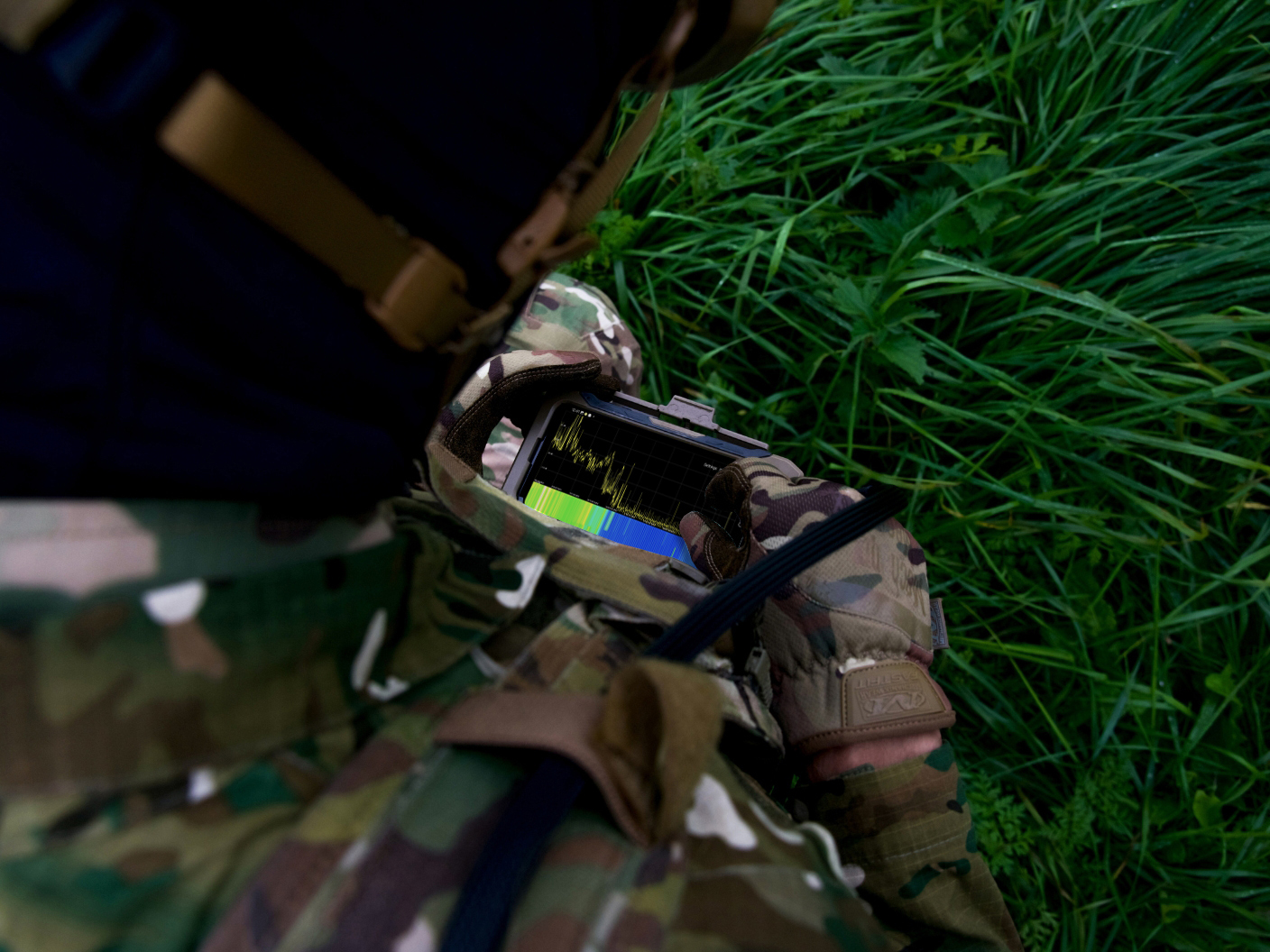
Counter-UAS for Law Enforcement
How MyDefence Strengthens Law Enforcement
Rising Drone Threats to Law Enforcement
As drone threats become more sophisticated, law enforcement agencies face significant challenges that can undermine safety and disrupt operations. Unauthorized drones can conduct surveillance, smuggle contraband, and breach restricted areas, posing substantial security risks and operational challenges.
Essential Counter-UAS Measures
Effective counter-UAS measures are essential for law enforcement to maintain control over critical infrastructure and public safety. Real-time detection, tracking, and mitigation capabilities allow for rapid threat identification and neutralization, enhancing situational awareness and enabling quick responses to potential incidents.
Advanced Solutions for Effective Response
MyDefence leads the way in counter-UAS solutions, empowering law enforcement agencies to stay ahead of evolving drone threats and ensuring comprehensive protection and operational readiness. By implementing these solutions, agencies can protect communities, uphold public safety, and maintain seamless operations. Advanced counter-UAS technology also strengthens coordination across departments, enhancing communication and improving the management of potential drone incidents.
Benefits of C-UAS
Identifying the presence of drones by analyzing their communication signals.
Neutralizing threats by disrupting the communication link between the drone and its operator.
Seamless integration with existing military systems, including full compatibility with the Tactical Assault Kit (TAK) for enhanced operational efficiency and coordination.
Providing real-time situational awareness capabilities, ensuring coordinated responses and informed decision-making across units.

3 Ways Drones threaten Law Enforcement
Drones pose a significant threat to police, law enforcement, and first responders by enabling unauthorized surveillance, facilitating espionage, and creating potential security breaches and physical threats. Their ability to bypass traditional security measures allows them to gather sensitive information, disrupt critical infrastructure, and deliver payloads that can be used for malicious purposes, such as weapons, explosives, or contraband. For example, drones can be used to monitor police patrol patterns, breach secure perimeters, or interfere with emergency response operations
The increasing affordability and accessibility of drone technology further heighten these risks, making counter-UAS capabilities essential for homeland security, threat detection, and situational awareness. Without effective drone mitigation strategies, law enforcement agencies face challenges in protecting critical areas, ensuring tactical response readiness, and maintaining public trust and safety. Failure to implement advanced counter-drone solutions could compromise operational integrity and endanger national security.
Drones can gather sensitive information on law enforcement operations, posing a serious security risk.
Drones can disrupt law enforcement operations, causing safety risks and operational challenges.
Drones can carry payloads that damage infrastructure and threaten law enforcement facilities or personnel.



